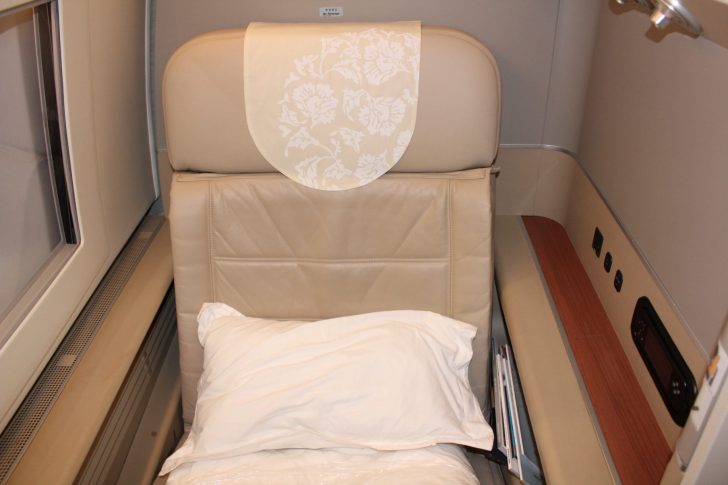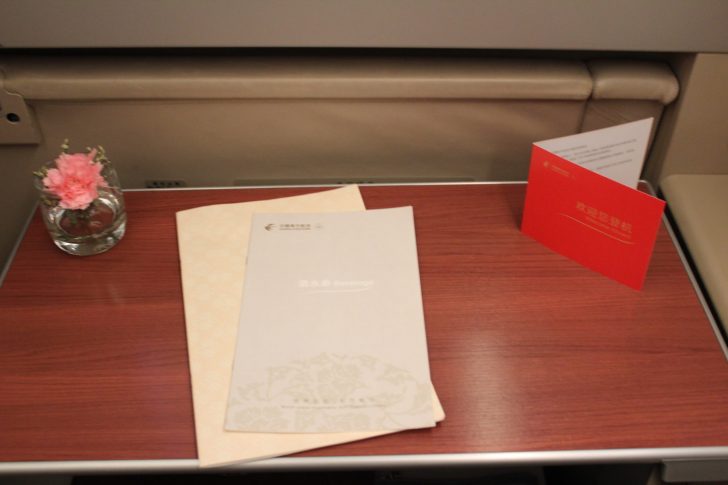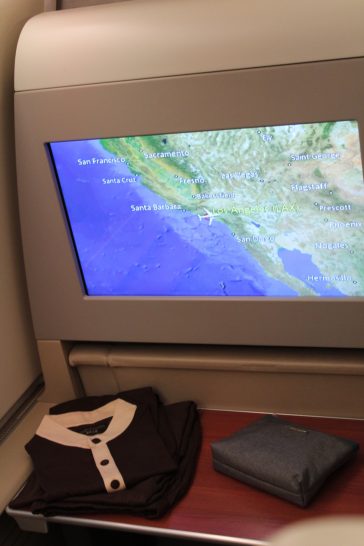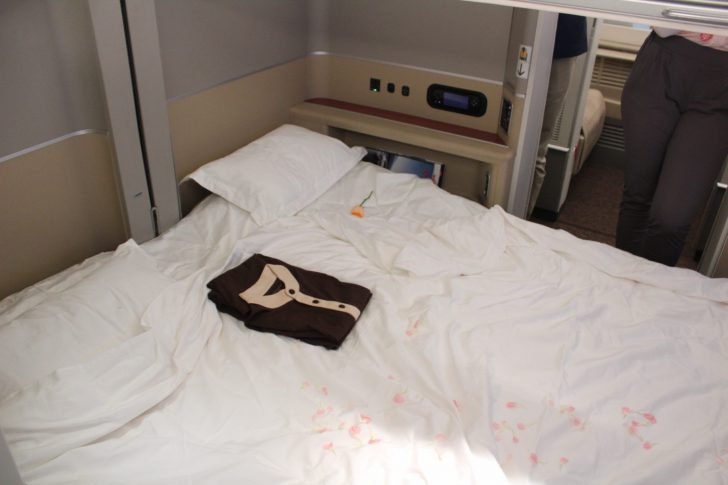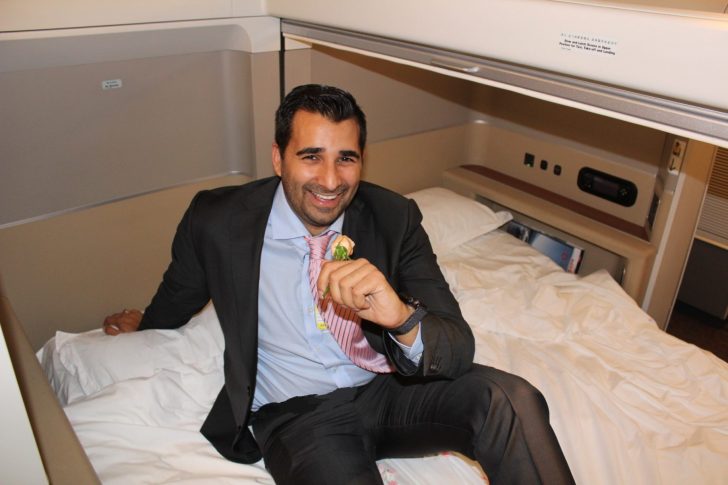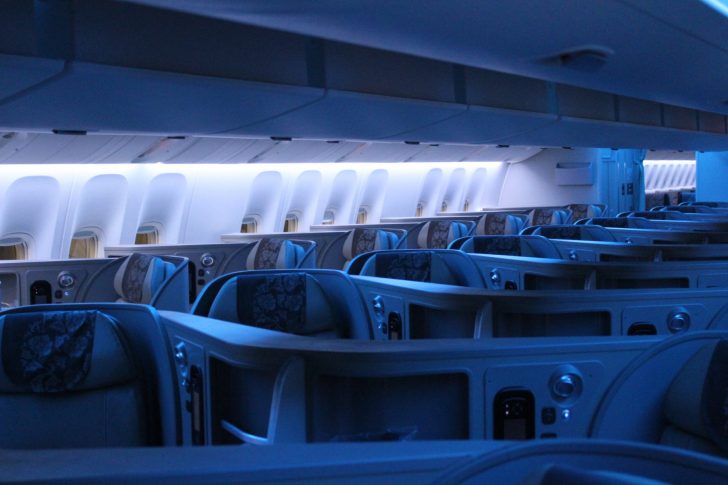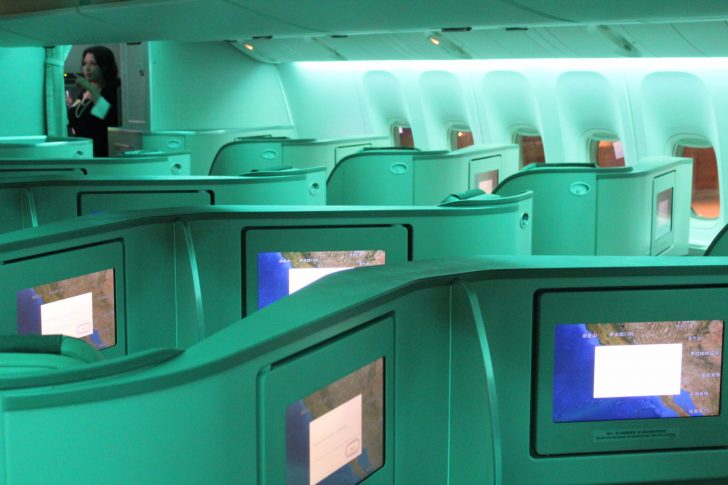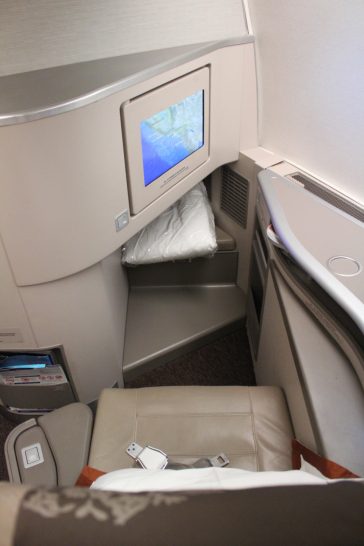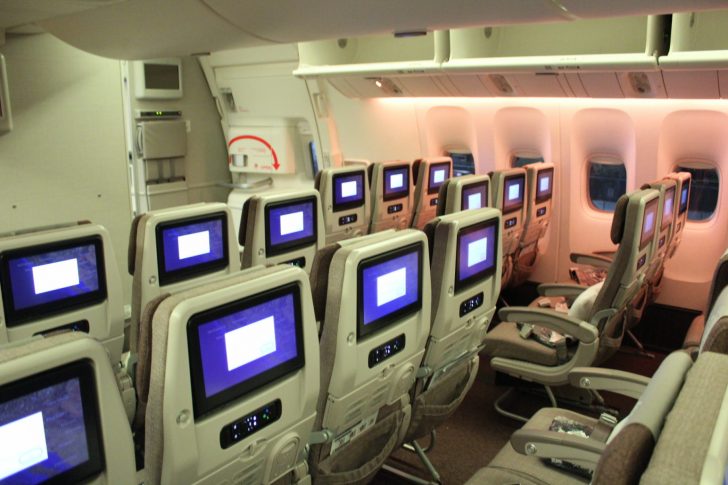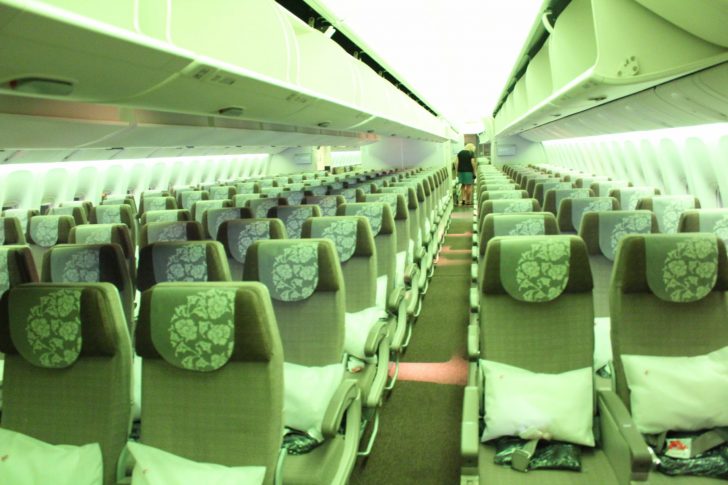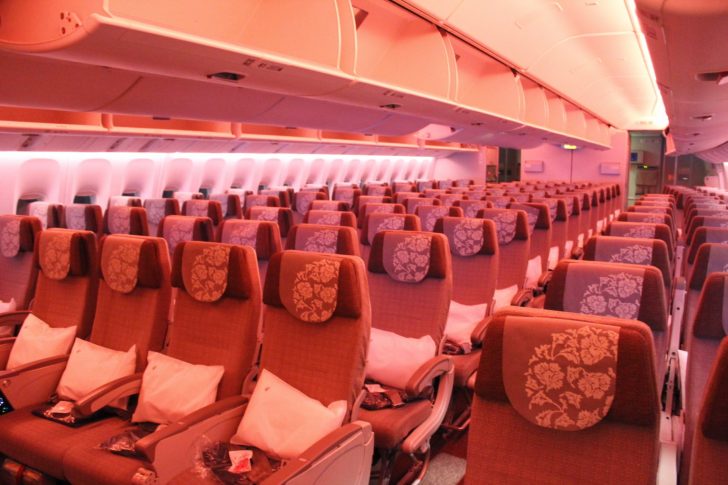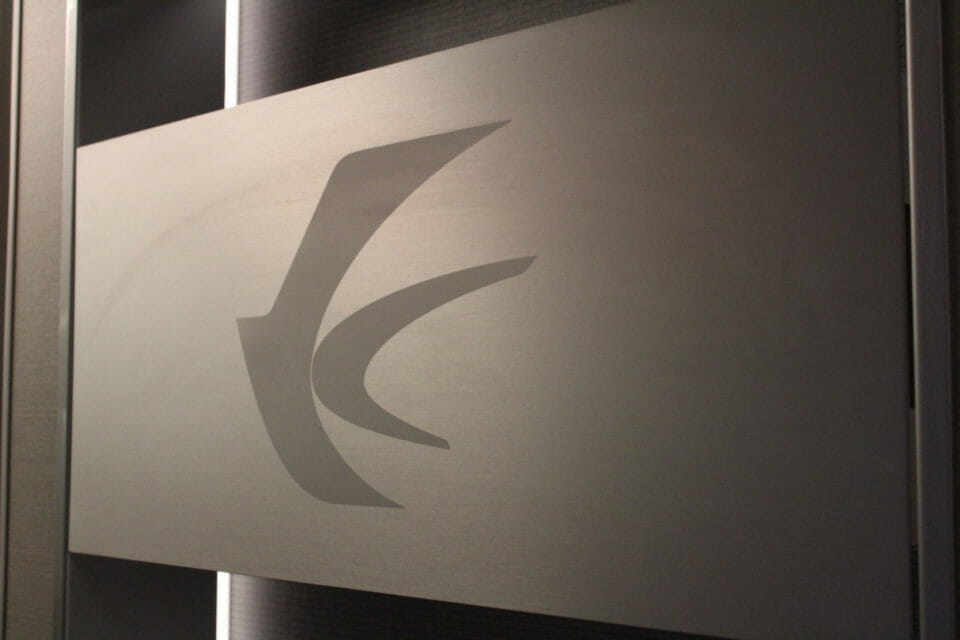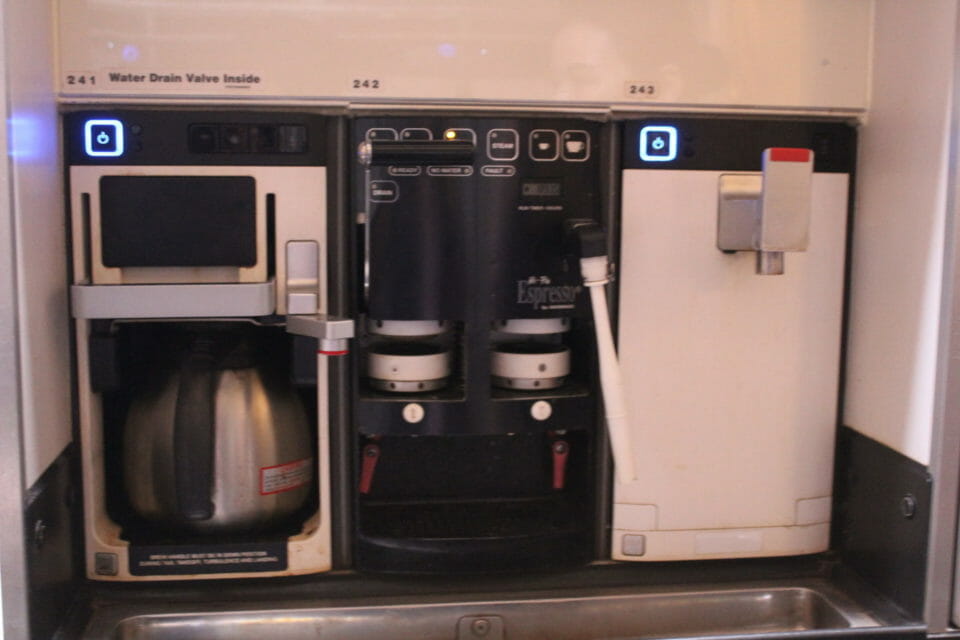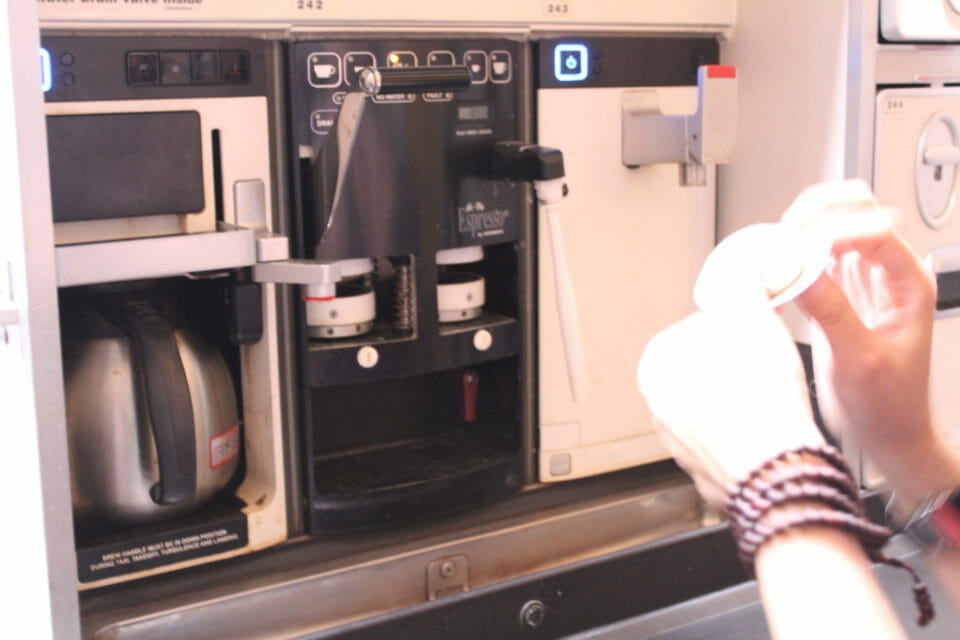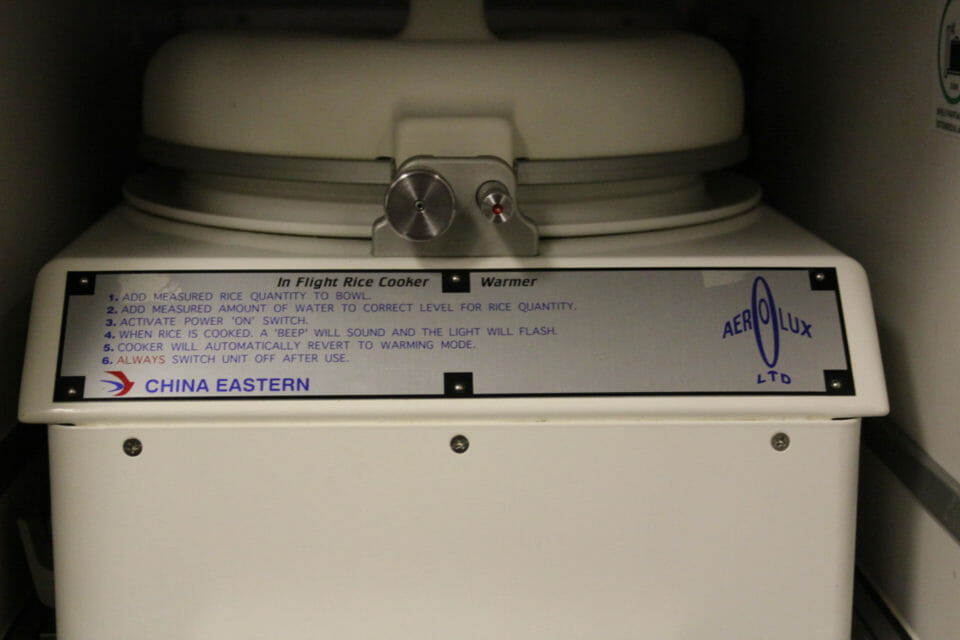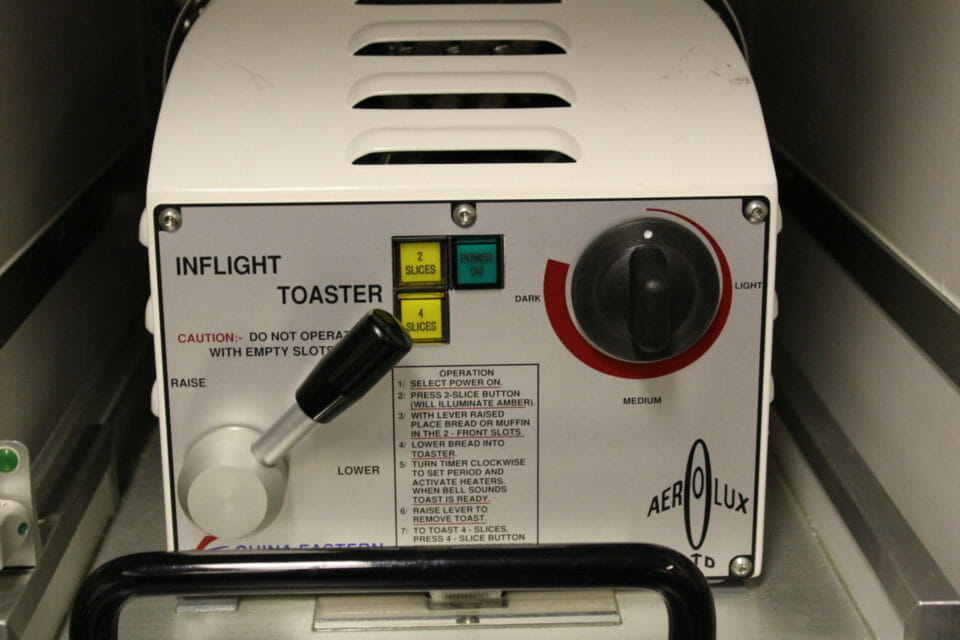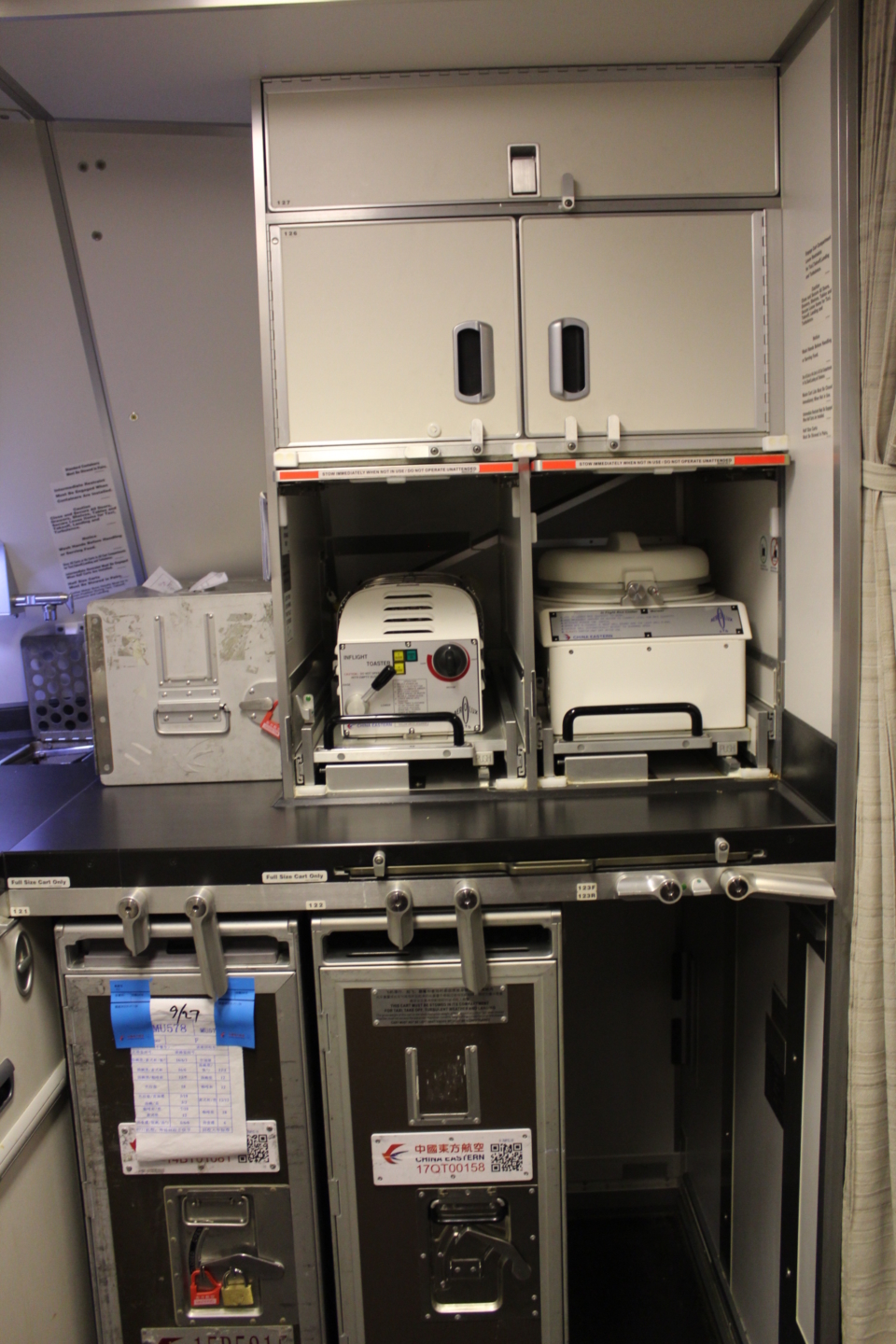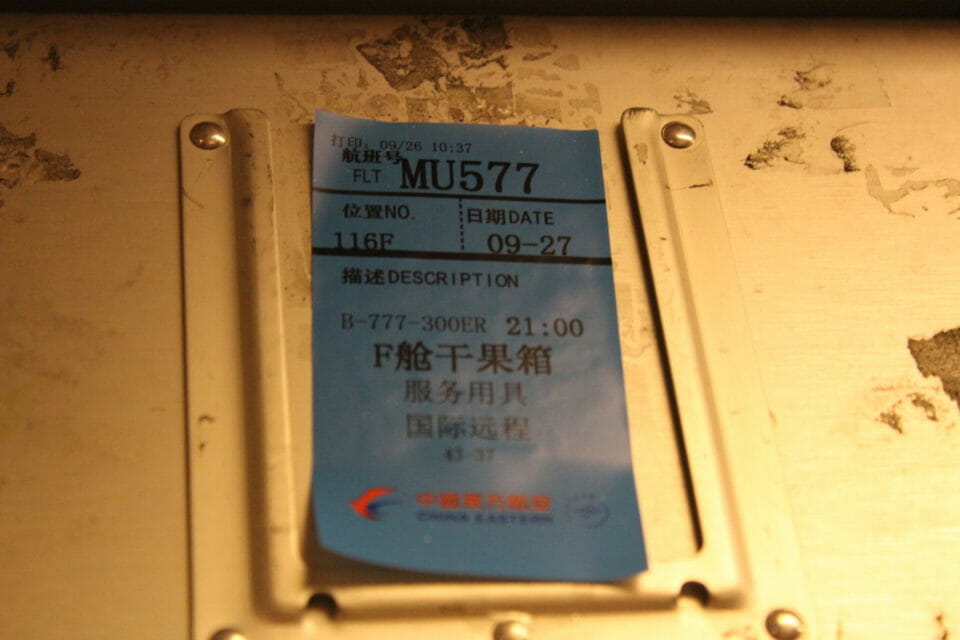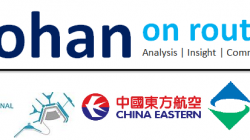I had the privilege of joining China Eastern Airlines and Los Angeles World Airports (LAWA) during a special media tour at LAX airport on September 27th. China Eastern is based in Shanghai and comprises of one of the three state-owned airlines of mainland China, along with Beijing-based Air China and Guangzhou-based China Southern.
China Eastern in North America and Beyond
China Eastern is a SkyTeam alliance member, and Delta Air Lines has a 3.55% equity stake in the carrier. It operates over 70 weekly flights to North America, including Canada and Hawaii, with services from Shanghai Pu Dong (PVG) to Chicago O’Hare, Honolulu, Los Angeles, New York JFK, San Francisco, Toronto, and Vancouver. It also flies from North America to several secondary Chinese cities, including Vancouver and Los Angeles to Nanjing (NKG) in the eastern Jiangsu province, and from San Francisco to Qingdao (TAO) in the eastern Shandong province.
Los Angeles is China Eastern’s largest outstation in the Americas region, with 14 weekly services to Shanghai and 3 weekly flights to Nanjing. China Eastern and Delta also have an extensive partnership through a codeshare agreement. China Eastern places its code on over 1,000 weekly Delta flights within the U.S., as well as several Delta flights from its U.S. hubs to mainland China, such as Detroit to Shanghai and Beijing, Seattle to Shanghai and Beijing and Los Angeles to Shanghai.
On the other end of the spectrum, China Eastern carries Delta’s code on its flights from Shanghai to Chicago, Los Angeles, New York and San Francisco, as well as from Los Angeles to Nanjing and San Francisco to Qingdao. Delta also places its code on thousands of weekly China Eastern flights from its hubs in Shanghai and Beijing to dozens of markets in mainland China and Southeast Asia.
China Eastern also has strategic partnerships in other cornerstones of the world. It announced back in July that it intends to buy a 10% stake in Air France, valued at over €375 million. Delta also intends to purchase a 10% stake in Air France for roughly the same amount.
New Planes, New Products
China Eastern historically operated Airbus A340s and Airbus A330s to its U.S. markets. While the Airbus A330 remains an important component of its widebody fleet, the retirement of the Airbus A340 in 2014 ushered in a new era with the first 777-300ER built that same year. It currently has 20 Boeing 777-300ER frames in its fleet, with an average age of 1.70 years. It also has 20 Airbus A350-900s on order, the first of which is expected to arrive towards the end of 2018.
“All of our aircraft are under 7 years of age,” said Anastasia Poulos, who is a California-based Account Manager for China Eastern. “We’re considered a luxury carrier because we have three cabins (First, Business and Economy) while most airlines have two, especially U.S. carriers.”
Ms. Poulos remarked that the Delta codeshare has allowed China Eastern to expand its reach within the U.S. by over 230 cities. Moreover, China Eastern’s Shanghai hub offers numerous benefits for connecting passengers, in all classes of service.
“China Eastern customers can enjoy China’s new 144-hour visa-free transit policy, which allows our transit customers with a U.S. or Canadian passport to stay in Shanghai for up to six days without holding a visa,” she said. “This is a great option for both business and leisure customers who can now stopover and explore everything the city has to offer. Customers who have an involuntary stopover in Shanghai can also take advantage of our Stopover Paid by Carrier (STPC) hotel program, which provides a day room for travelers in first and business class.”
The STPC program is utilized by several global carriers in the event that a customer books a connecting itinerary that requires a long stopover, usually greater than 6-8 hours, but less than 24 hours. However, generally, these services are only provided if the customer has no other alternative to booking such itineraries based on the airlines’ published schedule. The rule of thumb is that if a customer intentionally forces a booking with a longer-stopover under 24 hours, with the purpose of taking advantage of the STPC program, the airline is not obligated to provide any accommodation to them.
Ground transfers for First and Business class customers include limo services, however, these are not operated at all of China Eastern’s North American gateways. Only at New York, Chicago, LA and San Francisco are limo services offered, but according to Ms. Poulous, the carrier is “finalizing the contract” for its two Canadian routes. Furthermore, the service is offered in both directions, as well as at the originating market as well as in Shanghai.
Currently, China Eastern has not unveiled any plans to launch a Premium Economy class product, despite the fact that both U.S. and Asian competitors have gradually started to add such services on their transpacific flights. While the carrier continues to look into such possibilities, it is very proud of its current roster of products, especially on the 777-300ER.
The Tour
China Eastern and LAWA graciously allowed us to take pictures of the aircraft directly on the apron. The 777-300ER scheduled to operate China Eastern flight MU 578 this evening would depart LAX at 12:55 AM, Thursday, September 28, 2017, ten minutes ahead of its scheduled departure time of 1:05 AM, and arrive into Shanghai Pu Dong at 5:00 AM local time on Friday, September 29, one hour ahead of its published arrival time.
This particular 777-300ER registered as B-7347. She came out of the factory in April 2016 and was ferried from Everett Field (PAE) to Shanghai on April 21, 2016. She is #11 of the 20 777-300ERs that have been delivered to China Eastern since September 2014 and is fitted with two GE-90 engines.

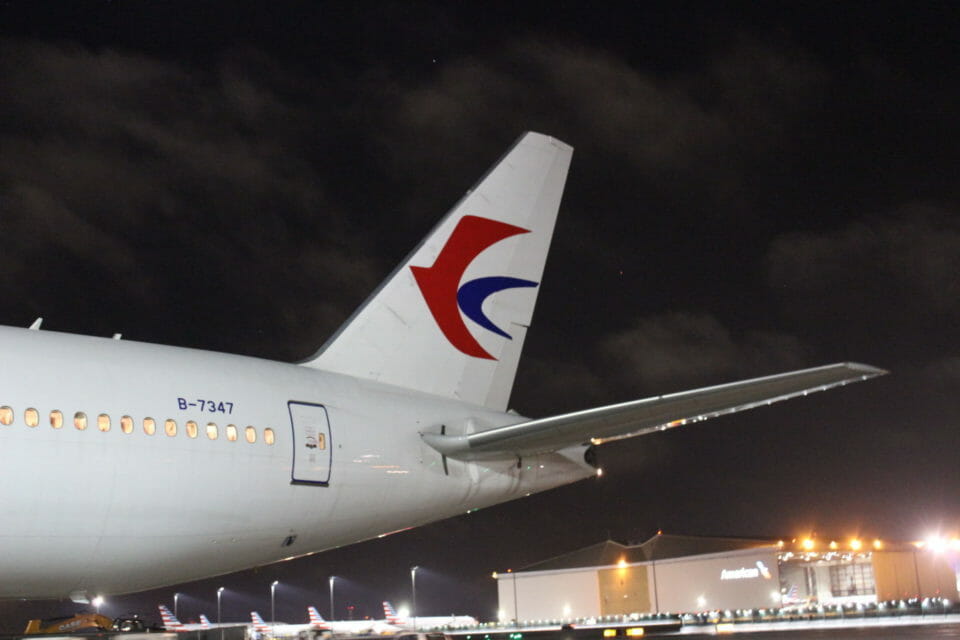
As we stepped onto the aircraft, China Eastern warmly provided us some light refreshments, allowing us to sample some of the dishes which would be served to the Premium class cabins on tonight’s flight to Shanghai.
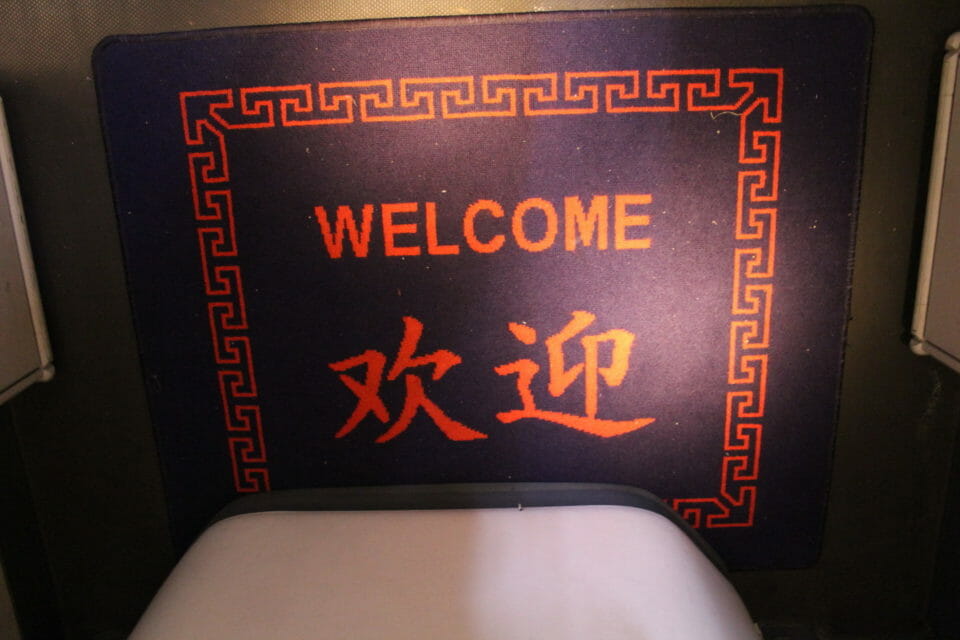
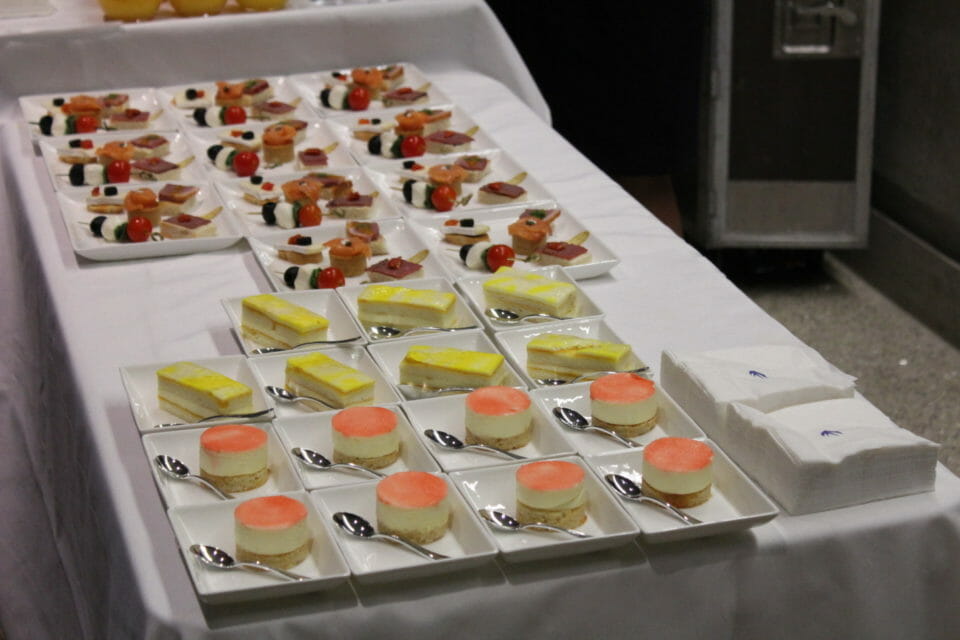
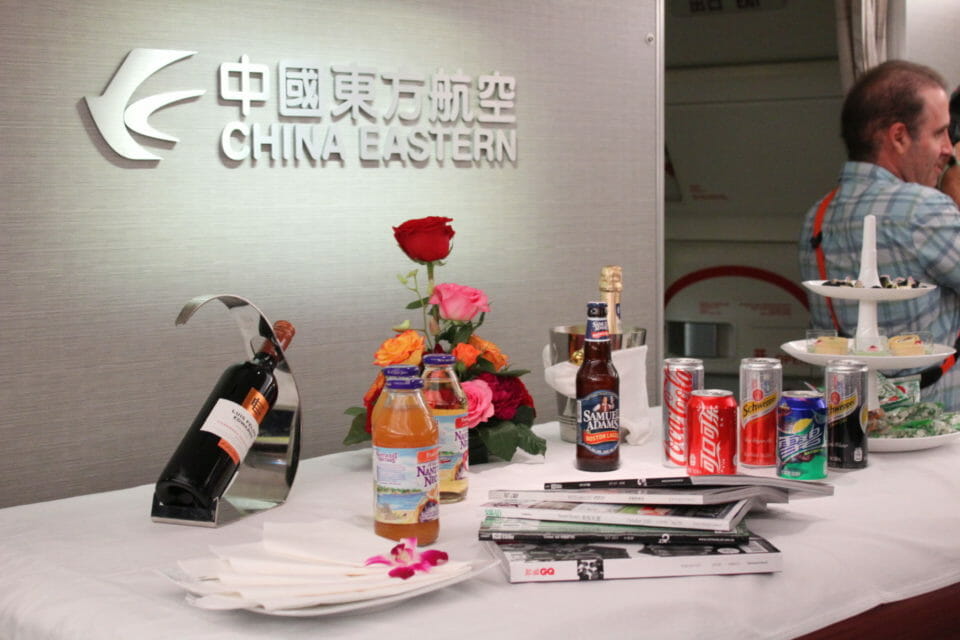
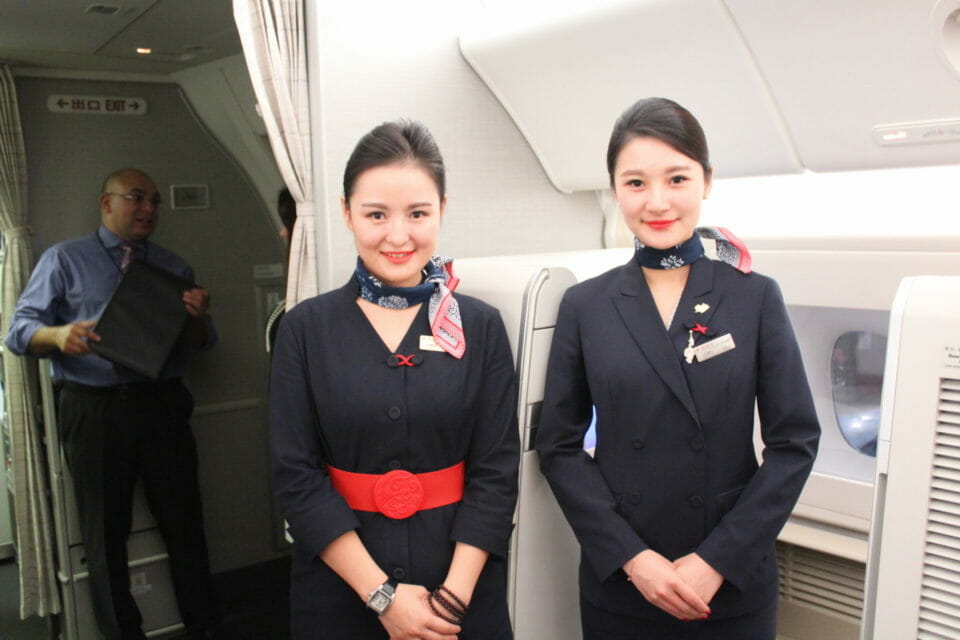
The aircraft has 310 seats, with 6 in First, 52 in Business and 258 in Economy. Here is a more detailed look at each of the various products:
FIRST CLASS
In First Class, there are 6 open suites with a 180-degree recline. Each seat offers 79 inches of pitch, and measure at 26.5 inches wide. Each suite comes with a 24-inch in-flight entertainment screen featuring the Panasonic eX3 entertainment system. Additionally, each seat in the cabin has power outlets and USB ports, and the aircraft is fully Wi-Fi-equipped.
One of the biggest selling points of the First Class cabin is that seats 2D and 2H can double into a romantic bed. China Eastern also offers turn-down service to its First Class customers, along with pajamas.
BUSINESS CLASS
In Business, China Eastern’s seat is 23.6 inches wide, offers a 75-inch seat pitch, and is a flat-bed with 180-degree recline. It is configured 1-2-1 in reverse herringbone style. Each seat comes with an amenity kit, slippers, and tons of storage space.
ECONOMY CLASS
Economy class follows the industry standard ten-abreast seat configuration (3x4x3) with 32-32″ of seat pitch. It also reclines up to 6 inches.
OTHER COOL FEATURES
China Eastern has done a fantastic job of adding mood-lighting and colorful aesthetics to the finishing touches of its cabin. You’ll notice small things like fresh flowers, engraved logos on striking solver and enhanced LED lights to accentuate little things here and there.
They also offer an espresso machine, a toaster and a rice cooker in their premium class cabins.
Conclusions
China Eastern has come a long way in the past ten years: culminating a merger with Shanghai Airlines, joining SkyTeam, revamping its long-haul fleet and in-flight products, growing its network and formulating deeper ties with strategic partners. There is still plenty of room for growth and improvement, and China Eastern is committed to making it happen. We’re excited to see them continue to succeed!

Rohan & the entire team at Travel Codex would like to thank China Eastern, LAWA and the Moak Group for inviting us to tour the 777-300ER and its in-flight products @LAX.

